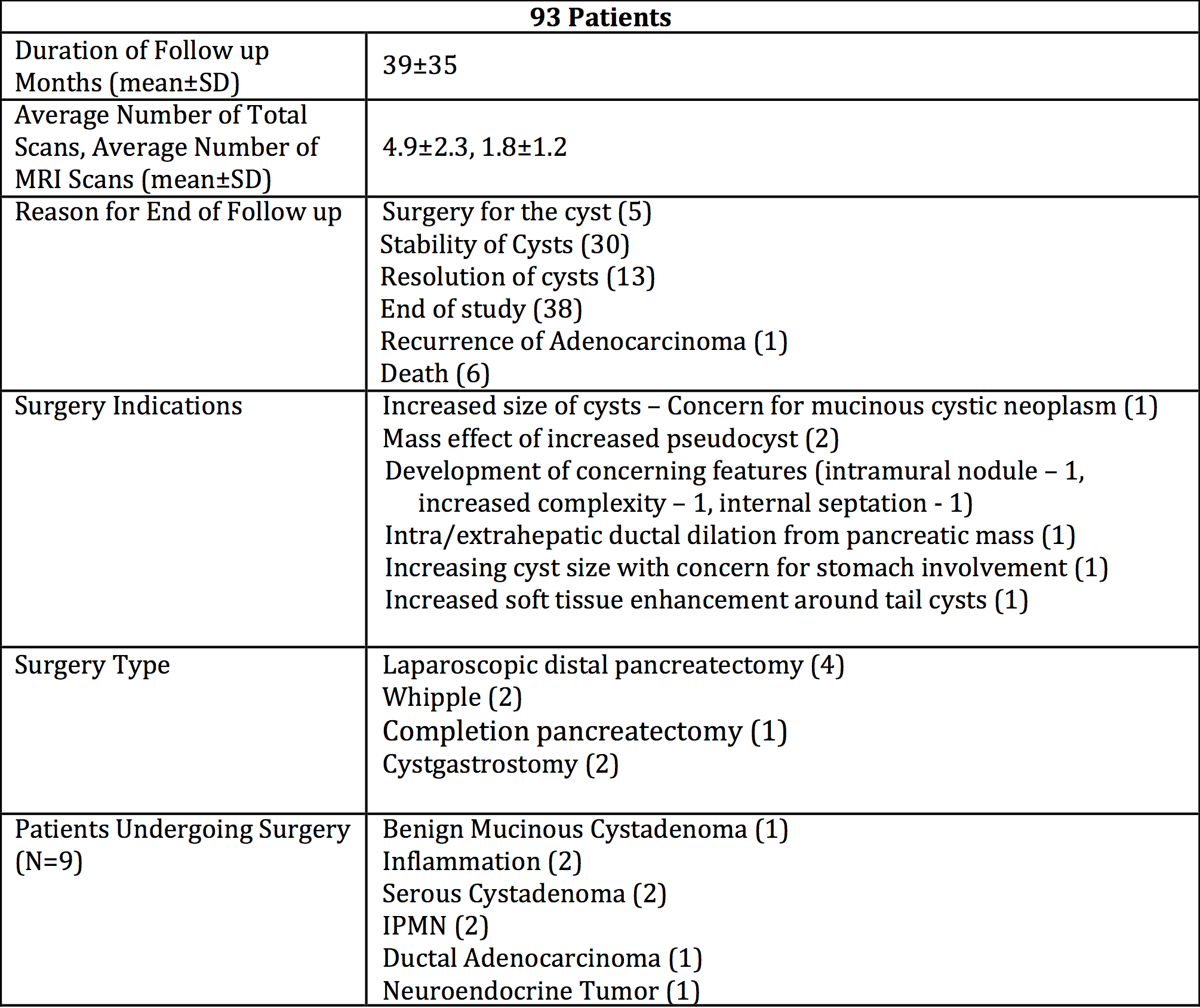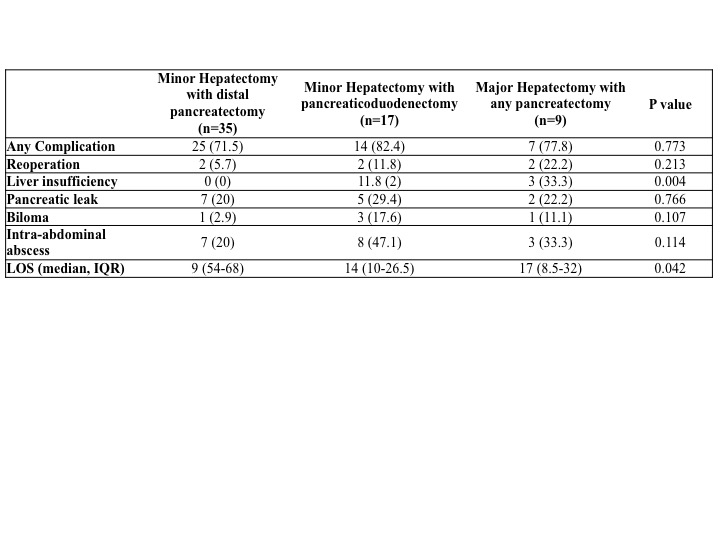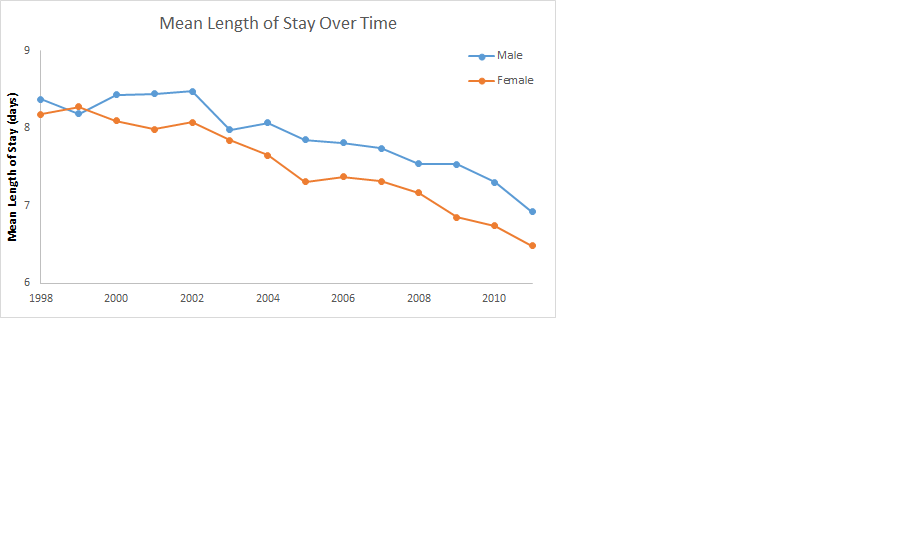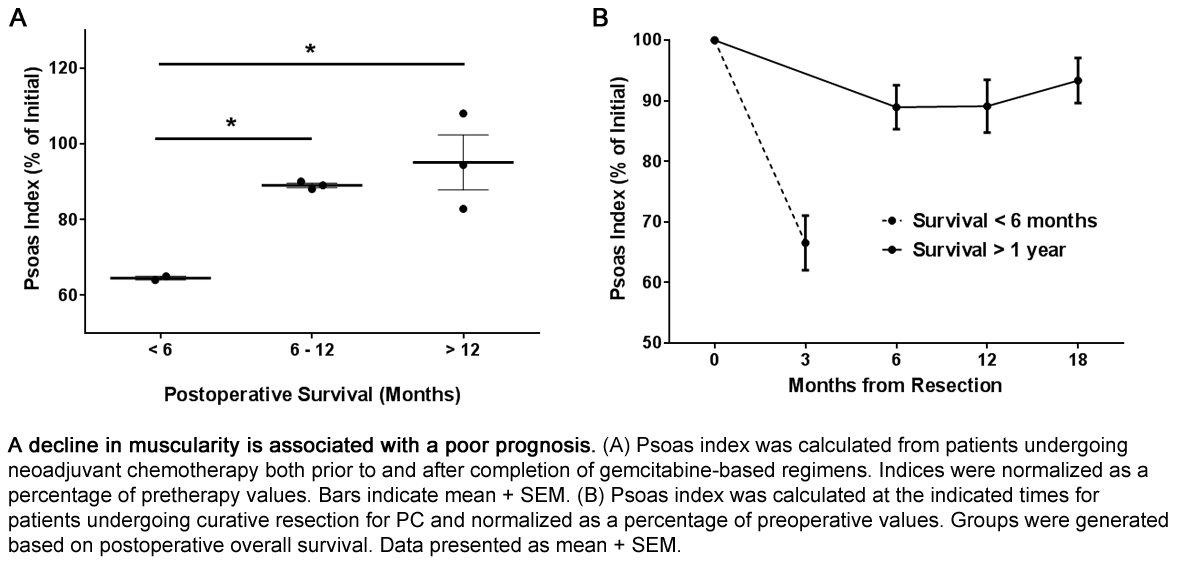T. M. Vaghaiwalla1, G. A. Rubio1, M. LoPinto1, Z. F. Khan1, A. R. Marcadis1, J. I. Lew1 1University Of Miami,Division Of Endocrine Surgery, The DeWitt Daughtry Family Department Of Surgery,Miami, FL, USA
Introduction: With implementation of the Bethesda System for Reporting Thyroid Cytopathology (BSRTC), Bethesda III FNA results remain a clinical dilemma for clinicians and surgeons alike. Gene expression classifier (GEC) testing was developed to further stratify patients with Bethesda III nodules as benign or suspicious for cancer. Given the known variability of GEC testing between institutions, this study evaluates the utility of this genetic testing in patients with Bethesda III nodules at a single institution.
Methods: A retrospective review of prospectively collected data of 663 consecutive patients with index thyroid nodules who underwent FNA and thyroidectomy was performed. FNA results were based on the BSRTC system, and GEC testing was later utilized in Bethesda III patients as benign or suspicious for malignancy. Patients with Bethesda III nodules underwent initial thyroid lobectomy for definitive diagnosis unless there was a history of radiation exposure, familial thyroid cancer, obstructive symptoms, bilateral nodules and/or patient preference for which total thyroidectomy was performed. Bethesda III nodules were subdivided into malignant or benign groups based on final pathology. Among patients who underwent GEC testing, final pathology was compared to initial GEC results.
Results: Of 663 patients who underwent FNA, 129 patients had Bethesda III nodules of which 66 (51.2%) had malignancy (Papillary thyroid cancer, n=54; Follicular thyroid cancer (FTC), n=10; Medullary carcinoma, n=1; Lymphoma, n=1) on final pathology. Of the remaining Bethesda III patients, 63 (48.8%) had benign pathology (Adenomatoid nodule, n=18; Hürthle Cell adenoma, n=2; chronic lymphocytic thyroiditis, n= 6; Follicular adenoma n= 10; Multinodular hyperplasia (MNH), n=26; Cyst, n=1). A total of 108 patients with Bethesda III nodules without GEC testing had a malignancy rate of 52.8% (57/108) and benignity rate of 47.2% (51/108). Of 21 patients with Bethesda III nodules who underwent GEC testing, 38.9% (7/18) had suspicious results and malignancy on final pathology with a sensitivity of 77.8% (7/9). Of 3 patients with benign GEC results, 2 (66.7%) had malignancy (FTC, n=2; MNH, n=1) on final pathology. Overall, patients with Bethesda III nodules and suspicious GEC results had a malignancy rate of 38.9% compared to a rate of 52.8% in patients with Bethesda III nodules without GEC testing.
Conclusion: In surgical patients with Bethesda III nodules, there was a greater than expected malignancy rate. However, in patients with Bethesda III nodules and GEC testing, malignancy rates were as predicted. GEC testing may have limited utility in surgical decision making, as this patient population is already highly selected for malignancy due to other factors. Surgeons should assess their local institutional experience to determine whether there is added utility of GEC testing for Bethesda III nodules in their everyday clinical practice.







